The LOC maintains a collection of color and B&W photos taken in Russia between 1905 and 1915. From the LOC's website (edited) ...The Sergei Mikhailovich Prokudin-Gorskii Collection features color photographic surveys of the vast Russian Empire. Frequent subjects among the 2,607 distinct images include people, religious architecture, historic sites, industry and agriculture, public works construction, scenes along water and railway transportation routes, and views of villages and cities. The Library of Congress purchased the collection from the photographer's sons in 1948.
From wikipedia (edited) ...Around 1905, Prokudin-Gorsky planned to use technological advances in colour photography to systematically document the Russian Empire. His goal was to educate the schoolchildren of Russia of the vast and diverse history, culture, and modernization of the empire. Outfitted with a specially equipped railroad-car darkroom provided by Tsar Nicholas II and in possession of two permits that granted him access to restricted areas and cooperation from the empire's bureaucracy, Prokudin-Gorsky documented the Russian Empire around 1909 through 1915. He conducted many illustrated lectures of his work. His photographs offer a vivid portrait of a lost world—the Russian Empire on the eve of World War I and the coming Russian Revolution. It has been estimated from Prokudin-Gorsky's personal inventory that he had about 3500 negatives before leaving Russia. Outside the Library of Congress collection, none have yet been found.
The wikipedia article is recommended for its explanation of Prokudin-Gorsky's imaging technique. His color images were stored on multiple plates and were completely reassembled only in the past few years.
TheRaven pulled out a few images from the only complete Prokudin-Gorsky collection on the planet to give you a quick guided tour of early 20th century Russia. Only color images were selected because color seems much closer to present than monochrome. This is a peek at a Russia yet unaffected by global war. Before revolution, Stalin, starvation, Hitler and the Cold War, when the Tsar still ruled.
The LOC provides remastered versions of some color images. Only the final image in this post is such an image. TheRaven applied light color corrections to other images using Photoshop.Those images are otherwise as provided by the LOC; reassembled from Prokudin-Gorsky's original color plates. Image titles were edited for clarity. Image subtitles were copied from the LOC website without editing.
Studies on Lindozero (laika [dog]) (1915) - Prokudin-Gorskii Collection
City of Lodeinoe Pole, cathedral of Saints Peter and Paul (1909) - Prokudin-Gorskii Collection
Emir of Bukhara (1911) - Prokudin-Gorskii Collection
Evgeniev spring. Borzhom (1905-1915) - Prokudin-Gorskii Collection
Island Monastery (1910) - Prokudin-Gorskii Collection
View of the monastery from Svetlitsa [Island, Saint Nil Stolbenskii Monastery, Lake Seliger]
Two men (1905-1915) - Prokudin-Gorskii Collection
Two men standing on a rug, in front of yurt
Three generations (1910) - Prokudin-Gorskii Collection
A.P. Kalganov with son and granddaughter. The last two work in the shops of the Zlatoust plant
Rear platform (1910) - Prokudin-Gorskii Collection
View from the rear platform of the Simskaia Station of the Samara-Zlatoust Railway
Tobolsk (1912) - Prokudin-Gorskii Collection
View of the city of Tobolsk from the north, from the bell tower of the Church of the Transfiguration
Peasant Girls (1909) - Prokudin-Gorskii Collection
Three young women offer berries to visitors to their izba,
a traditional wooden house, in a rural area along the Sheksna River,
near the town of Kirillov.
Group. (Myself with two others, Murman) - (1915) - Prokudin-Gorskii Collection
Sergeĭ Mikhaĭlovich Prokudin-Gorskiĭ (right)
and two men in Cossak dress(?) seated on the ground.















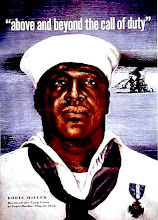
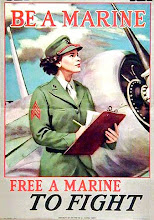
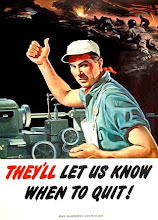
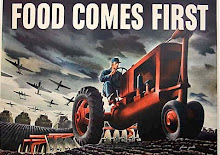
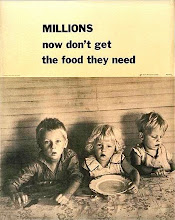


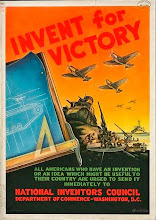
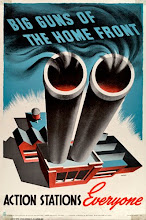
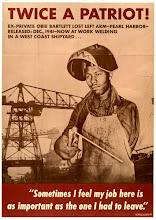

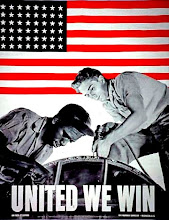

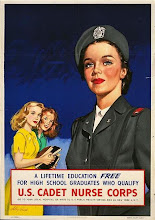

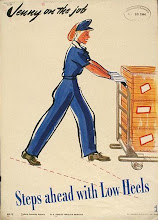
+breed+danger+6x8.jpg)
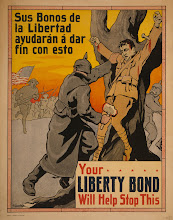
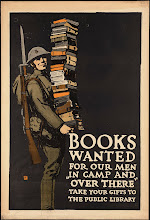
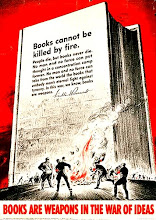
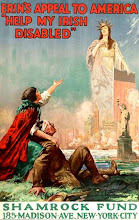


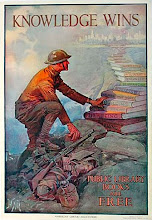

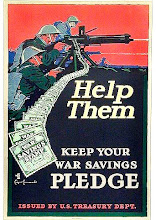
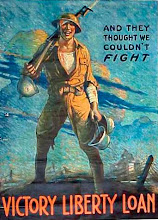
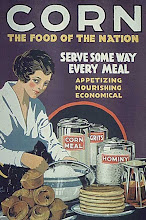
+5x7.jpg)
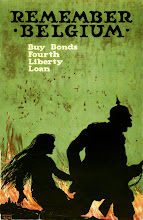
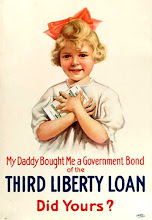
Excellent!
ReplyDelete